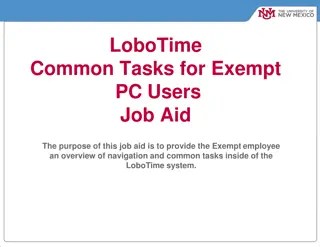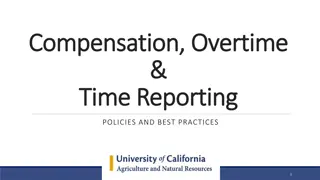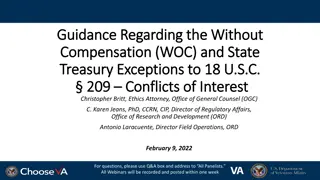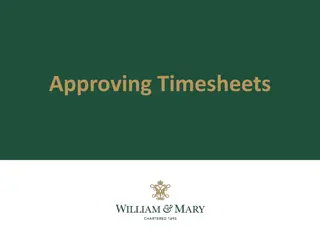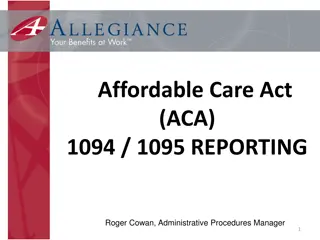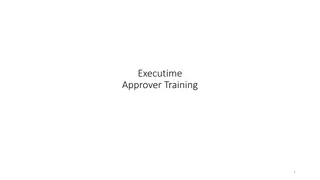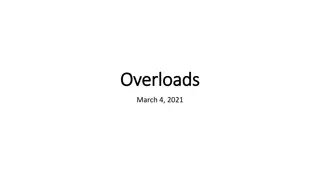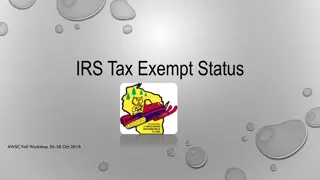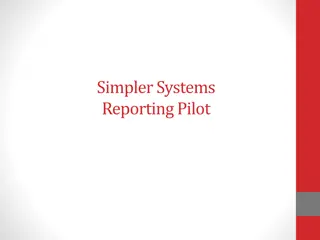Efficient Timesheet Reporting Guidelines for Non-Exempt Employees
Comprehensive guide detailing requirements and procedures for reporting hours on timesheets, including minimum hours, overtime, and how to record additional hours. Key points include reporting a minimum of 40 hours per week, differentiating between regular and additional hours, and considering pay periods when completing timesheets. Clear instructions are provided for accurately documenting hours worked, ensuring compliance with FLSA regulations.
Download Presentation

Please find below an Image/Link to download the presentation.
The content on the website is provided AS IS for your information and personal use only. It may not be sold, licensed, or shared on other websites without obtaining consent from the author. Download presentation by click this link. If you encounter any issues during the download, it is possible that the publisher has removed the file from their server.
E N D
Presentation Transcript
Timesheet Requirements Non-Exempt Required to report all hours worked. Must report a minimum of 40 hours per FLSA work week, which may include exceptional time, holiday or LWOP. Must report additional hours worked.
Reporting Hours Sunday through Saturday W&M Saturday through Friday VIMS, Athletics 8 hours a day not including lunch 40 hours a week Additional Hours Worked are recorded on different line, only after a total of 40 hours has been reported for the FLSA week.
Terms Additional Hours Total hours reported in a week in excess of 40 hours (Any combination of hours to include exceptional time.) Overtime Hours Total hours worked in a week in excess of 40 regular hours. ***Not all Additional Hours qualify to be paid as Overtime***
Completing the Timesheet Timesheet Default Hours Regular Hours Holidays
Reporting Actual Hours Other Than Default Example: Employee works 10 hours on Thursday, July 6 Employee will override the default 8 hours and enter 10 hours on the Regular Pay line.
As the employee completes the timesheet and the 40 hour reporting requirement is met for that week, employee must commence reporting hours on the additional hours line (pay or leave).
Remember to look back to previous timesheet when reporting hours for FLSA work weeks that span pay periods here the pay period begins on July 10, but the FLSA work week began on July 9
Hours worked on July 9 must be included in calculations to arrive at 40 hour total for the week ending July 15.
In this example, the employee worked their normal 8-hour work week (M-F) and must drop down 4 hours to Additional Hours Worked on Friday, July 14 to account for 4 regular hours reported in the previous pay period, for the current FLSA work week.
Walkaways System Defaults 8 hours a day automatically. Employee must record hours worked on the day the employee worked them. Employee must report at a minimum, 40 hours per each FLSA week - any combination of regular and exceptional time. After 40 hour requirement is met; employee must start recording hours worked as Additional Hours Worked (Pay or Leave).








